 HR transformation
HR transformation
 HR transformation
HR transformation
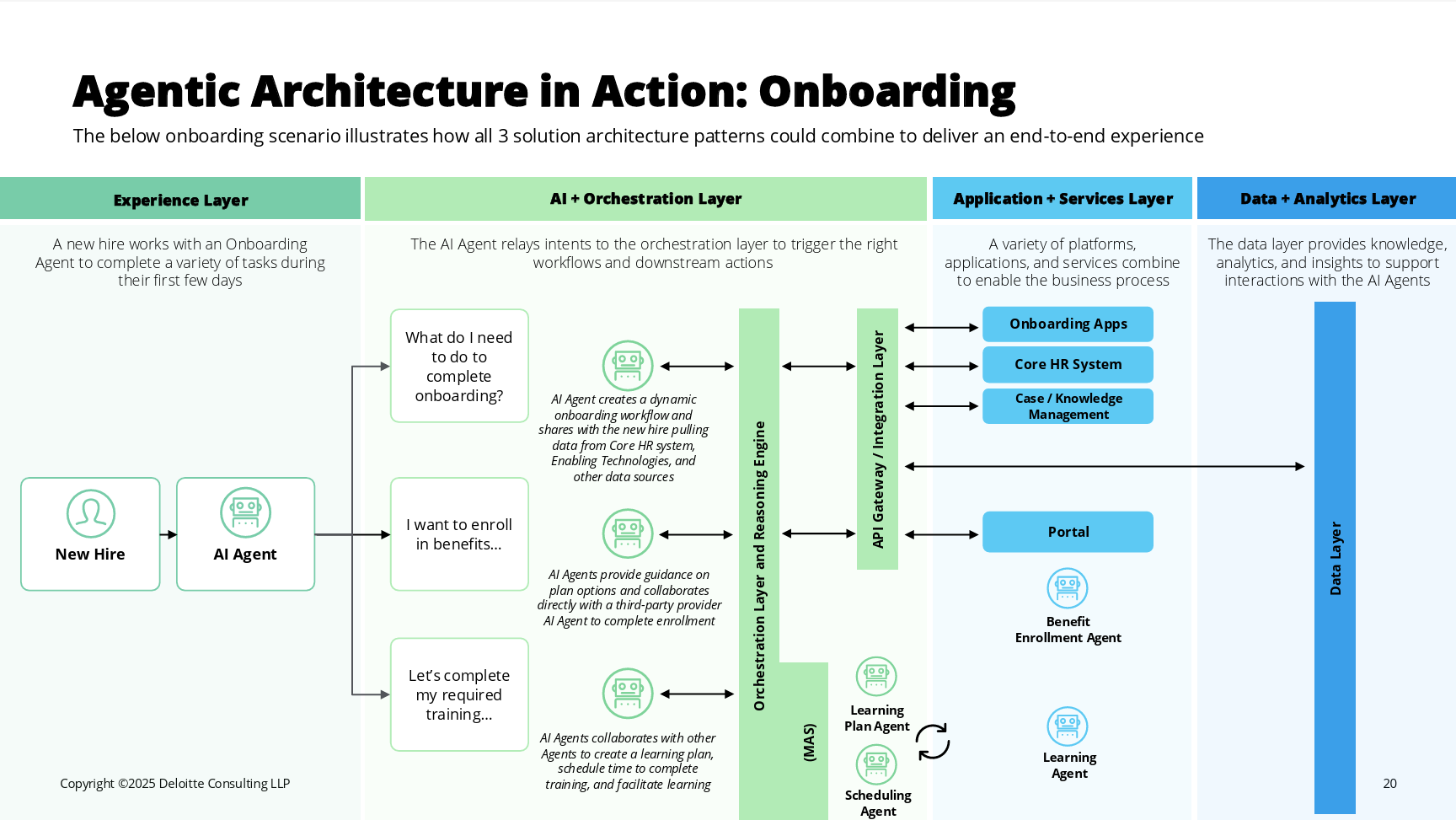 HR transformation
HR transformation
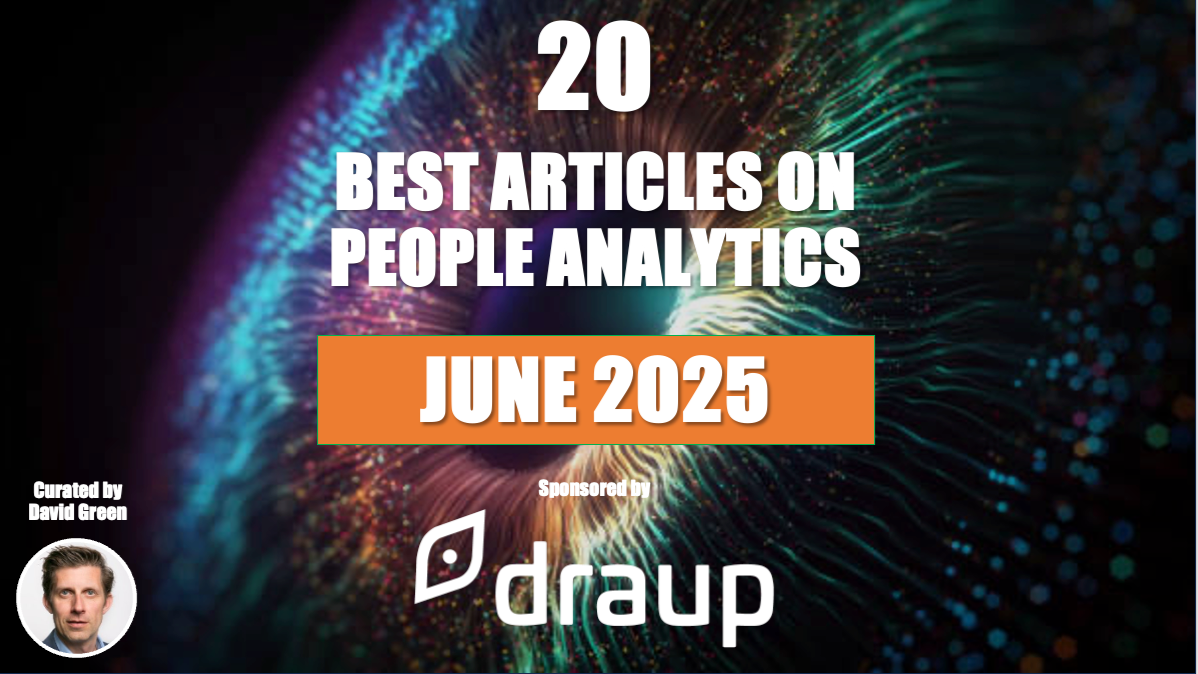 HR transformation
HR transformation
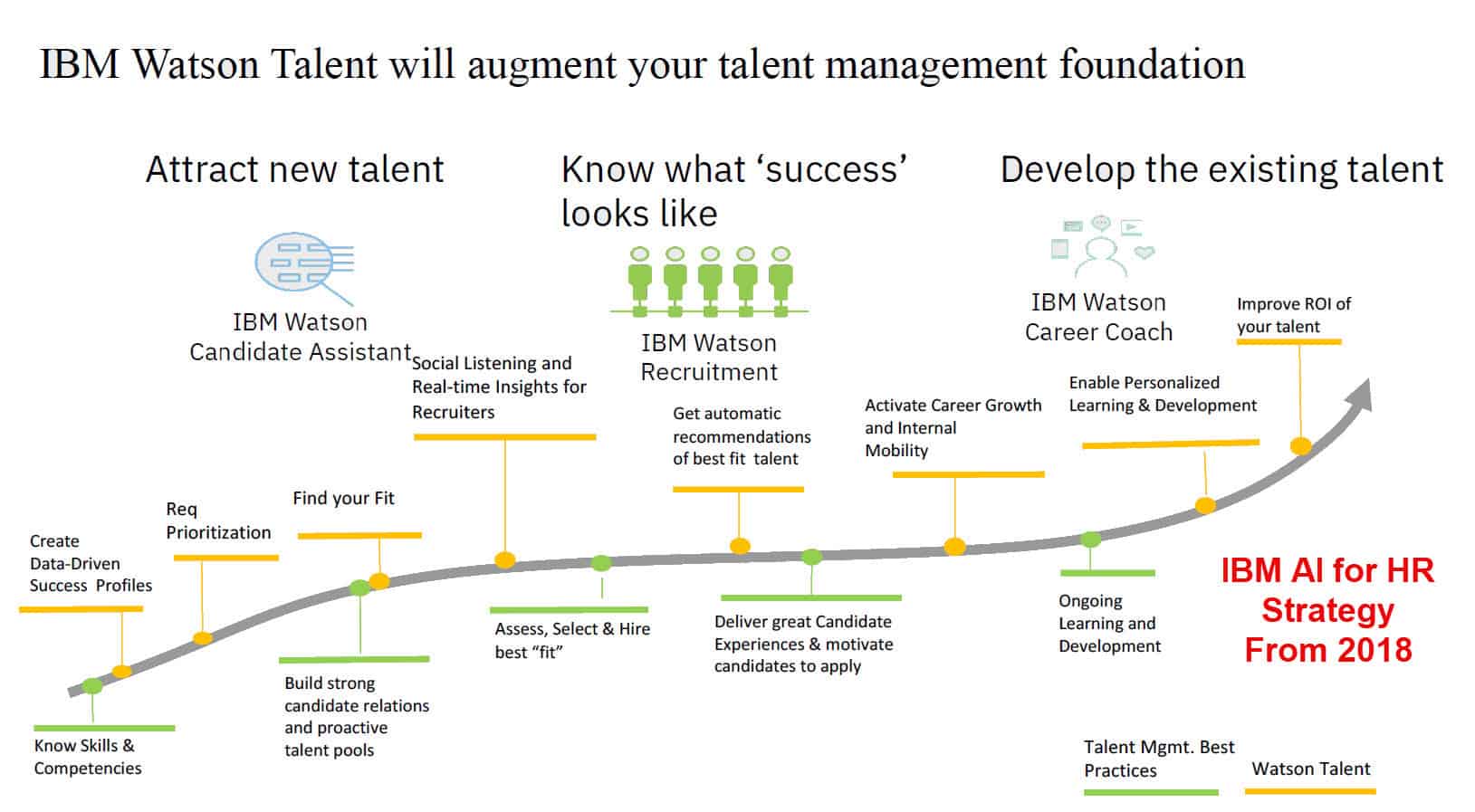 HR transformation
HR transformation
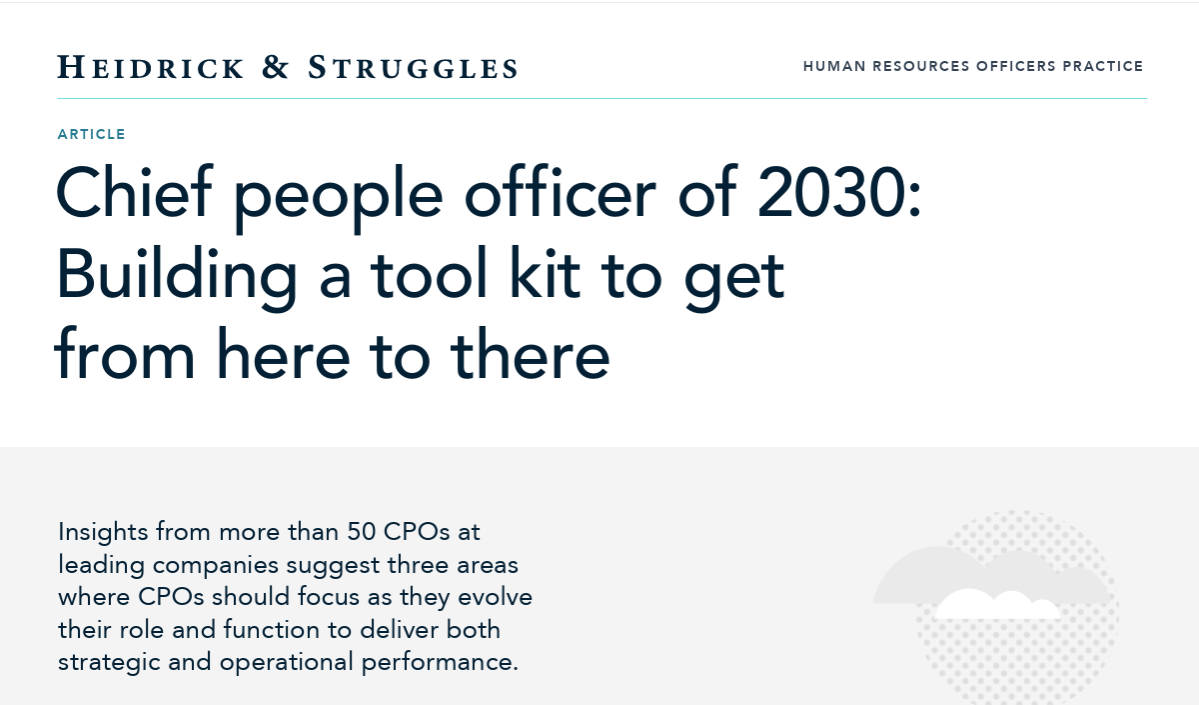 HR transformation
HR transformation
 HR transformation
HR transformation
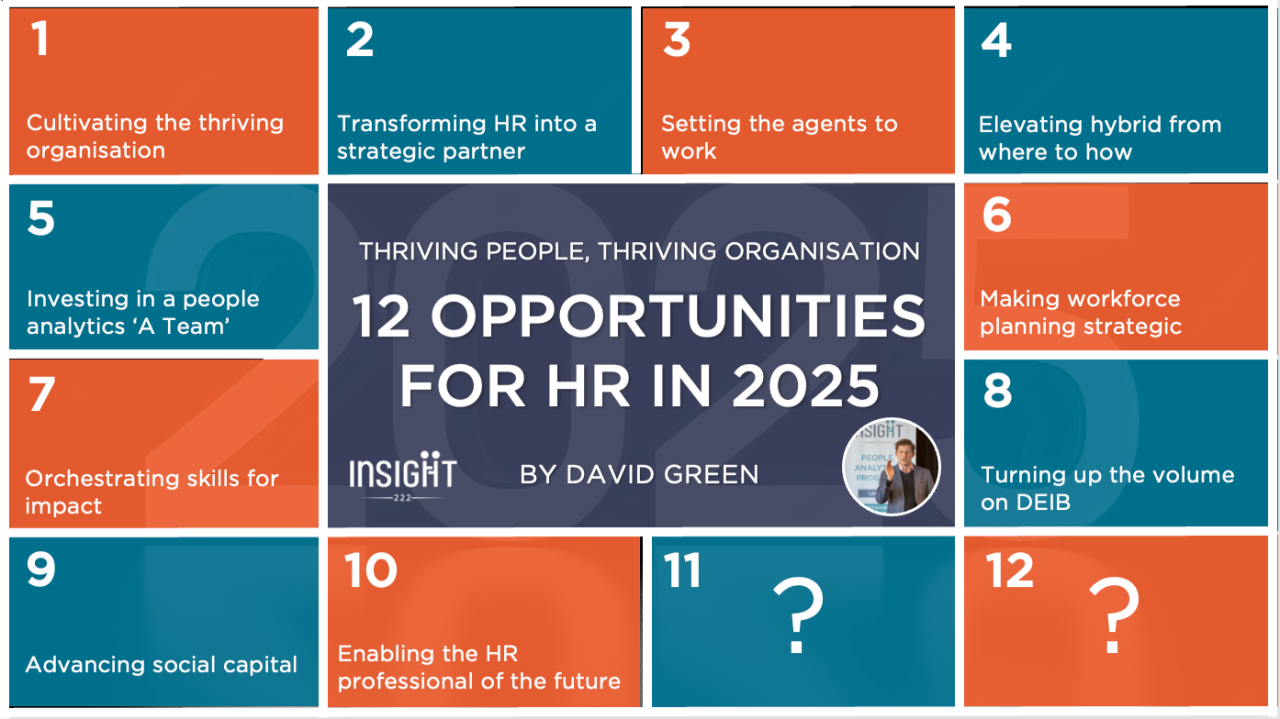 HR transformation
HR transformation
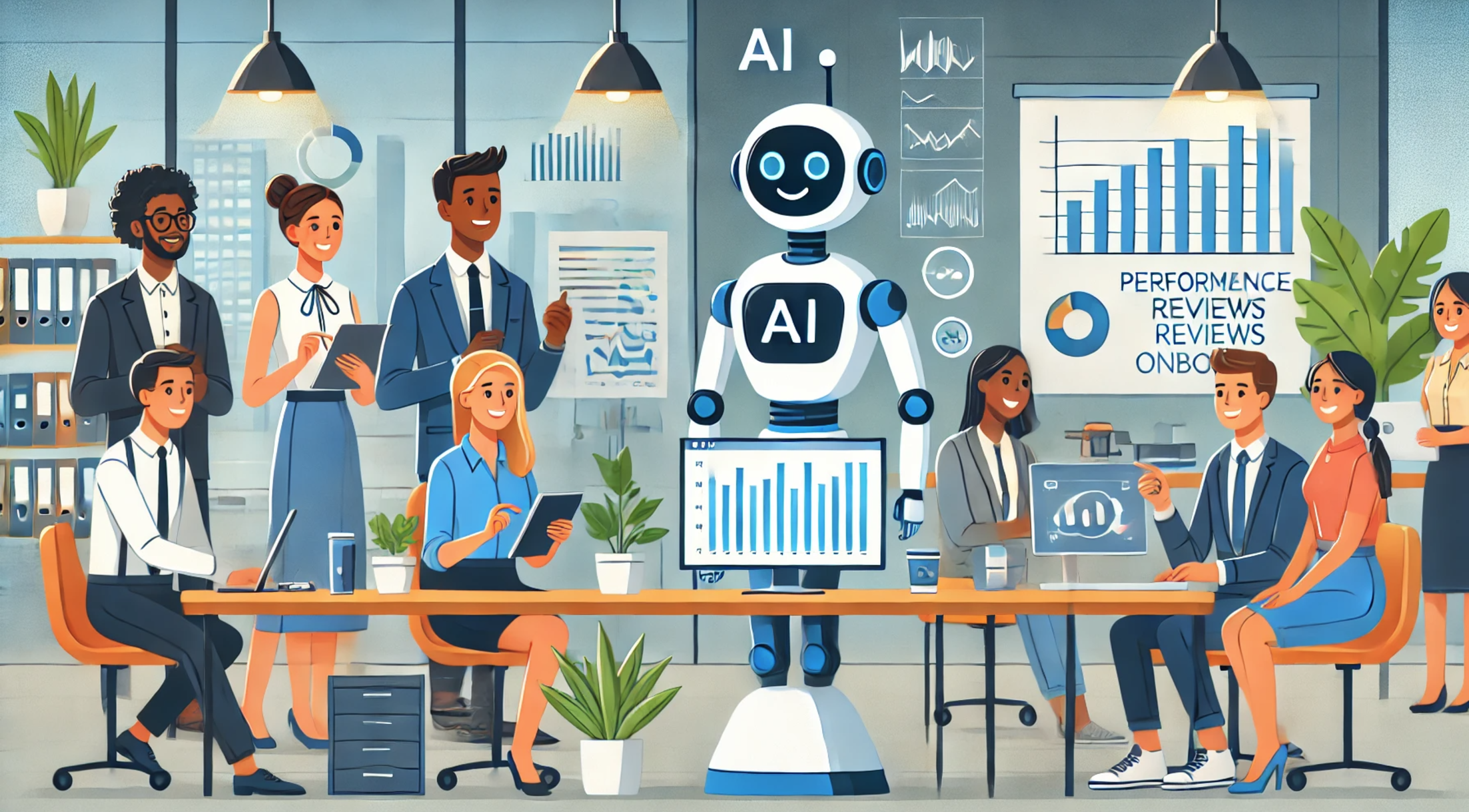 HR transformation
HR transformation
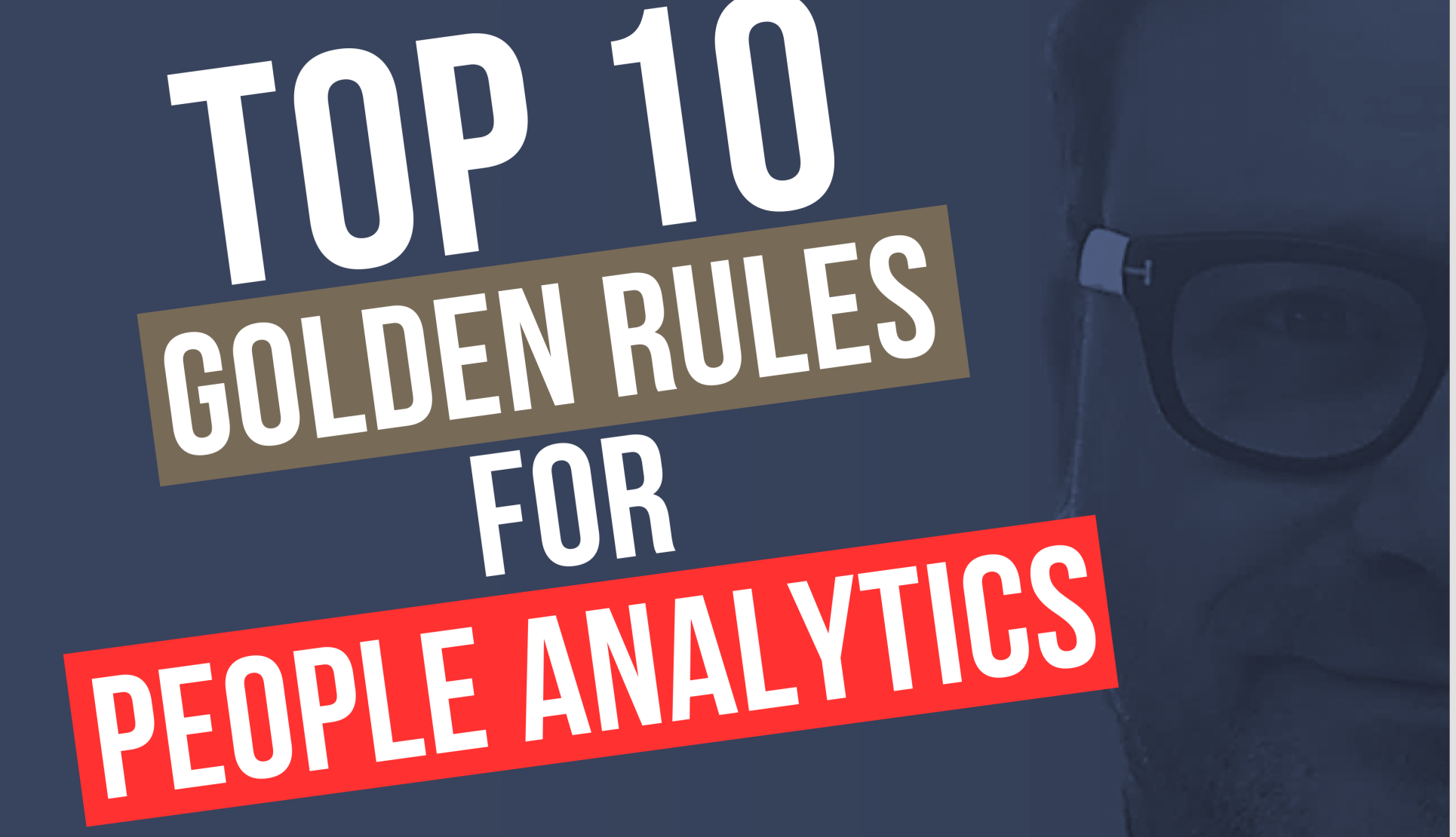 HR transformation
HR transformation
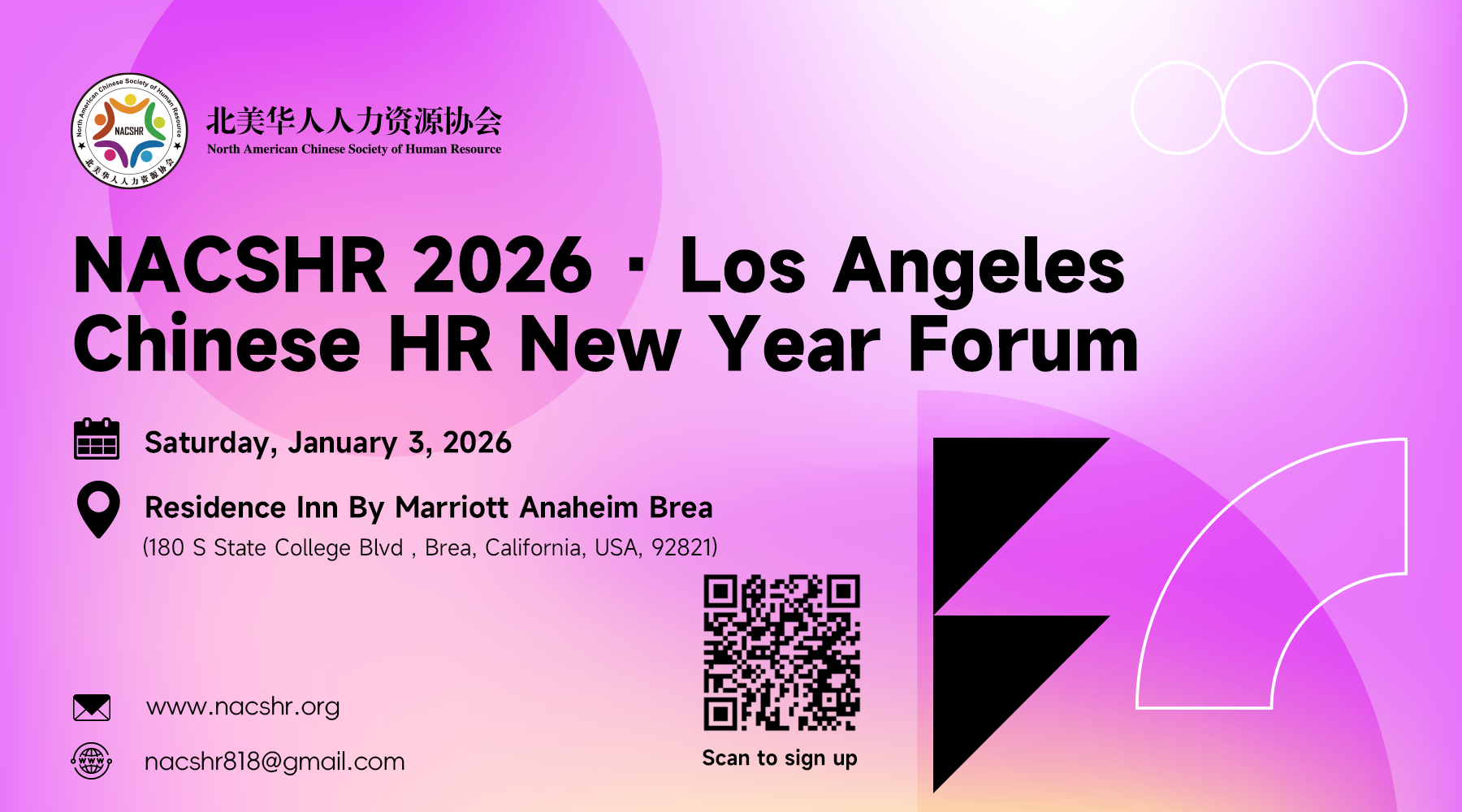
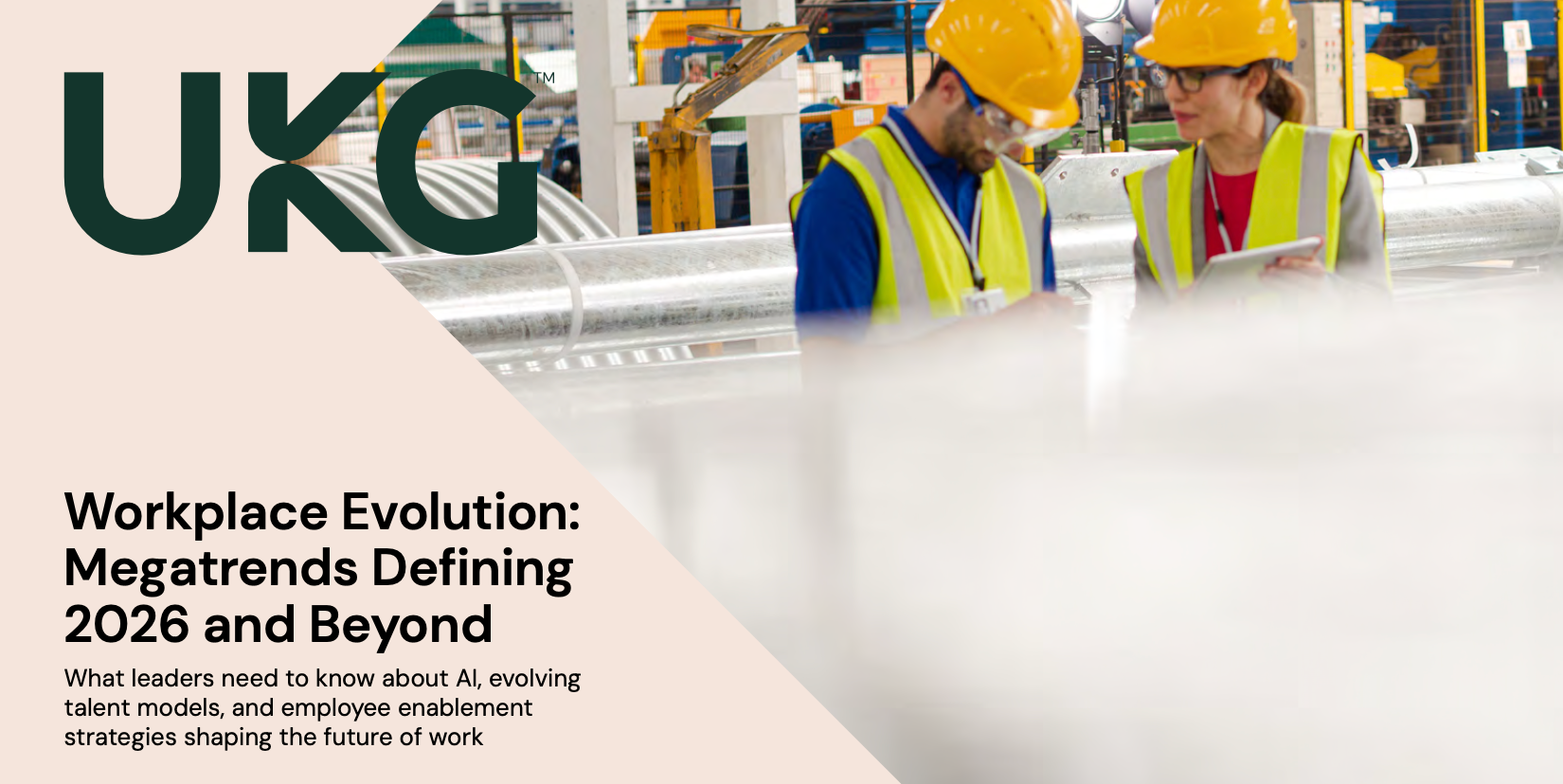



 扫一扫
添加客服
扫一扫
添加客服




